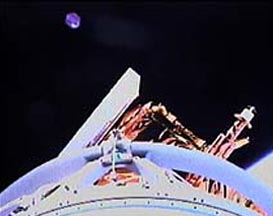Image of FUSE taken by a camera aboard the Delta II rocket. This is the first of its kind.
Click on image for full size
Courtesy of NASA
NASA Launches Satellite to Study Big Bang
News story originally written on June 28, 1999
NASA launched its newest satellite on June 24, 1999 from Cape Canaveral.The Far Ultraviolet Spectroscopic Explorer (FUSE) began its mission aboard the new Delta II rocket, which helped get the satellite to the 480 mile high orbit. FUSE will be scientists' latest tool for uncovering the darkest secrets of the Big Bang.
FUSE will use a a special instrument called a spectrograph. This will allow scientists to look at light received from distant objects in component colors.
By studying these basic colors, scientists can then discover the elemental makeup of the universe right after it began. During the first three years of its mission, FUSE will work mostly on its own, gathering data from various stars and galaxies on the outskirts of the universe.
"What the early conditions of the Big Bang were, how we got here, how it got here -- FUSE is absolutely at the core of answering those questions," said Harley Thronson, director of NASA's Origins program, under which FUSE falls.
Other topics that will be studied using FUSE include star formation and our own galaxy, the Milky Way. The satellite and mission were developed by Johns Hopkins University. Developers say FUSE should be ready to collect data in August.
You might also be interested in:
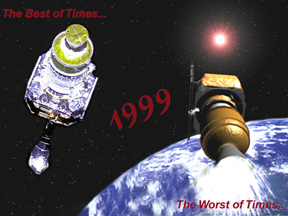
It was another exciting and frustrating year for the space science program. It seemed that every step forward led to one backwards. Either way, NASA led the way to a great century of discovery. Unfortunately,
...more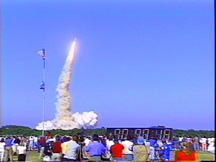
The Space Shuttle Discovery lifted off from Kennedy Space Center at 2:19 p.m. EST, October 29th. The sky was clear and the weather was great as Discovery took 8 1/2 minutes to reach orbit for the Unitied
...more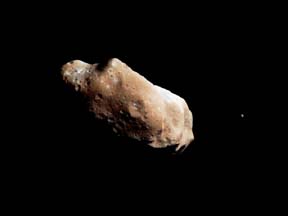
A moon was discovered orbiting the asteroid, Eugenia. This is only the second time in history that a satellite has been seen circling an asteroid. A special mirror allowed scientists to find the moon
...more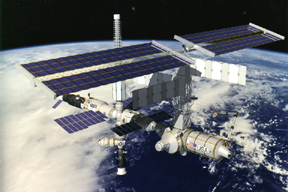
Will Russia ever put the service module for the International Space Station in space? NASA officials are demanding an answer from the Russian government. The necessary service module is currently waiting
...more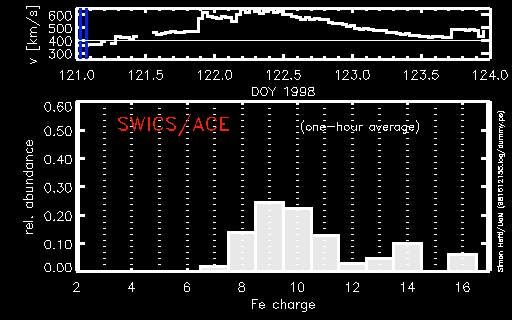
During a period of about two days in early May, 1998, the ACE spacecraft was immersed in plasma associated with a coronal mass ejection (CME). The SWICS instrument on ACE, which determines unambiguously
...more
J.S. Maini of the Canadian Forest Service has referred to forests as the "heart and lungs of the world." Forests reduce soil erosion, maintain water quality, contribute to atmospheric humidity and cloud
...more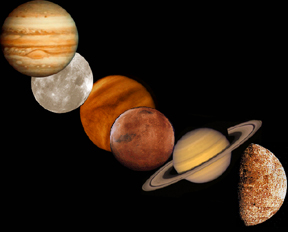
In late April through mid-May 2002, all five naked-eye planets are visible simultaneously in the night sky! This is includes Mercury which is generally very hard to see because of its proximity to the
...more


